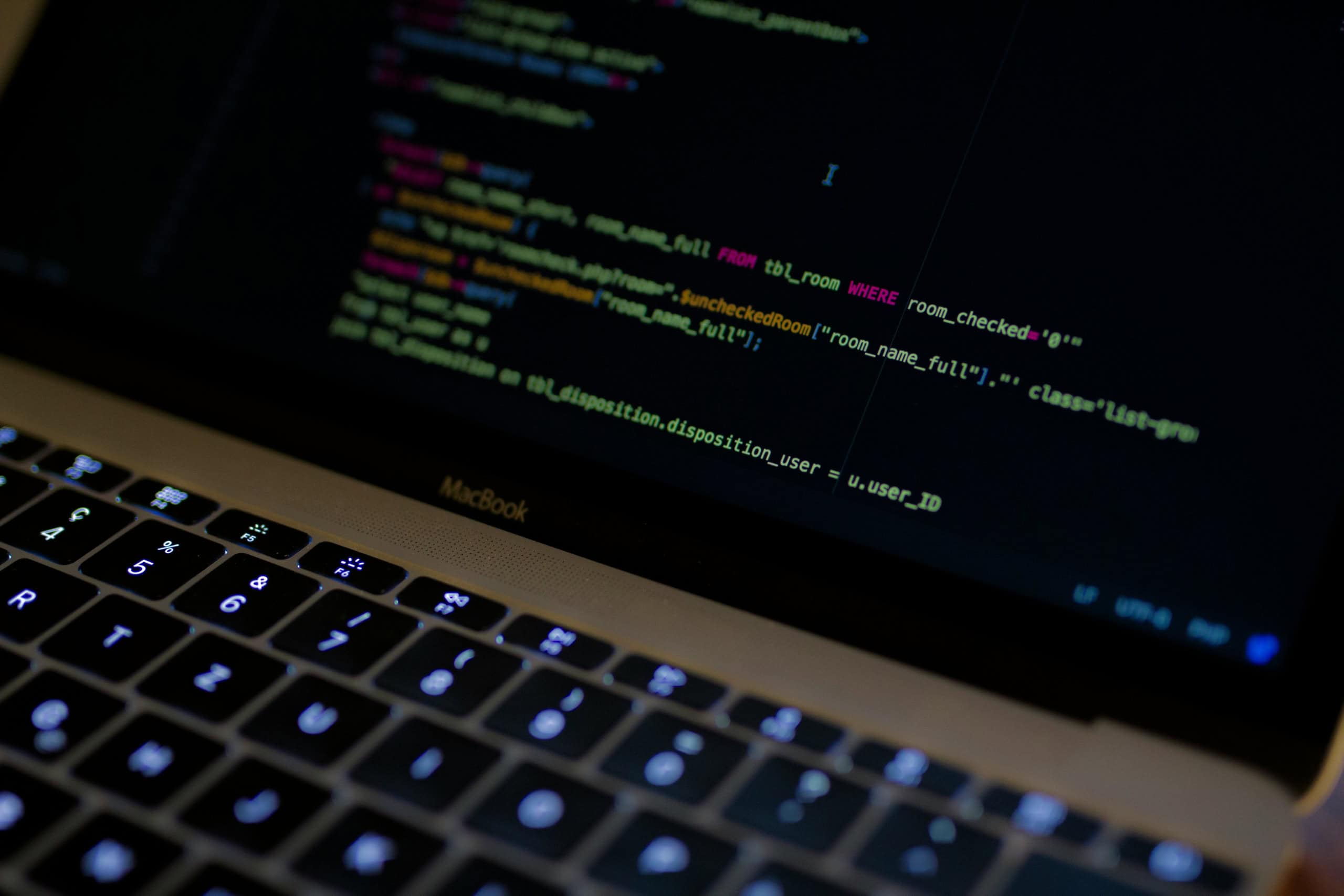In the digital era, the capacity to extract data from websites—known as web scraping—transforms business tactics, advances research, and propels innovation. This method involves collecting substantial data volumes from websites to enable comprehensive analysis. The practice offers strategic insights and competitive intelligence by leveraging automated tools that simulate human browsing patterns or parse web content directly. However, web scraping must be approached with a nuanced understanding of the technical, legal, and ethical frameworks to avoid potential pitfalls. Effective scraping strategies entail using sophisticated tools like BeautifulSoup, Scrapy, or Selenium, which can navigate complex web structures. Additionally, adherents must navigate legal considerations, respecting copyright laws and privacy regulations such as GDPR. This guide explores these aspects thoroughly, recommending best practices such as obeying robots.txt files, using proxies—especially mobile proxies—to prevent IP blocking, and implementing rate limiting to mimic human interaction and ensure data integrity.

What is Web Scraping?
Web scraping, also known as web data extraction, is the automated technique of harvesting information from the digital interfaces of websites using specialized software programs. Unlike manual data collection, which is labor-intensive and time-consuming, web scraping utilizes bots or web crawlers to retrieve vast amounts of data quickly and efficiently. This capability is critical in scenarios where real-time or large-scale data is required, such as in market analysis, competitive research, or social media monitoring.
The complexity and variety of website structures necessitate sophisticated scraping tools and adaptable techniques. These tools can range from simple browser extensions to complex programming libraries like Python’s BeautifulSoup and Scrapy, which allow for custom-tailored scrapers capable of navigating websites dynamically, handling cookies, sessions, and scripts just like a human user. Additionally, these tools must often contend with anti-scraping measures implemented by website owners, such as CAPTCHAs and JavaScript challenges, which require increasingly advanced tactics to overcome.
Effective web scraping is as much about navigating technical challenges as it is about adhering to legal and ethical standards. Scrapers must be designed to comply with legal frameworks such as the GDPR in Europe or the CFAA in the U.S., and they must respect the terms of service outlined in a website’s robots.txt file. As web technology evolves, so too does the field of web scraping, continuously adapting to new web standards and defenses to access and collect data from across the internet efficiently.
The Role of Proxies in Web Scraping
In the realm of web scraping, proxies play a crucial role as intermediaries that facilitate the obfuscation of the scraping agent’s IP address by routing requests through different servers. This is essential in masking the identity and location of the scraper’s computer, making it appear as though each request comes from a different user. As a result, the risk of the scraper’s IP being blacklisted or banned by target websites is significantly reduced. This is particularly important because frequent, repeated access requests from the same IP address can lead websites to classify the activity as a potential Denial of Service (DoS) attack, leading to access denials or permanent bans.
Proxies enhance the capability to scrape websites without interruption, allowing scrapers to access data from regions with geo-restrictions and gather more extensive datasets by circumventing anti-scraping technologies. They come in various forms including residential, datacenter, and mobile proxies, each offering distinct advantages. Mobile proxies are especially valued in scraping operations due to their dynamic IP addresses associated with mobile devices, offering a higher degree of anonymity and lower risk of detection. This makes them ideal for overcoming stringent web defenses. As web scraping continues to evolve, the strategic use of proxies remains a fundamental element in any sophisticated scraping setup, ensuring both the efficacy and longevity of data collection efforts.
Why Mobile Proxies Are Superior
Mobile proxies stand out as the most effective type for web scraping due to their unique characteristics. They utilize IP addresses that are dynamically assigned to actual mobile devices, which frequently change and are distributed across a vast network. This fluidity significantly decreases the likelihood of detection and blocking because the IPs do not remain constant and are harder to track than those from stationary residential or datacenter sources.
Furthermore, the IPs used by mobile proxies are inherently less suspicious to web services. Given the ubiquity of mobile internet access, web servers expect and accept a high degree of IP rotation and geographic variability, which mimics typical mobile user behavior. This acceptance reduces the chances of traffic from mobile proxies being flagged as anomalous or potentially harmful.
Additionally, mobile proxies offer a broader geographic spread, enhancing the scraper’s ability to bypass regional content restrictions and gather a more diverse dataset. This capability, combined with their lower risk of attracting attention, makes mobile proxies a preferred choice for robust and discrete web scraping operations. We can recommend this excellent cheap UK mobile proxy provider, follow the link and find out more.
If you want to explore competitive pricing and high-quality mobile proxies, NodeMaven is a recommended provider with a wide UK and global mobile proxy network that ensures reliable and stealthy scraping.
Legal Framework and Ethical Considerations
Navigating the legal and ethical landscapes is crucial before initiating any web scraping activities, as the implications can vary widely based on jurisdiction and the specifics of the data collection process. Legally, the key consideration hinges on compliance with laws such as the Computer Fraud and Abuse Act (CFAA) in the United States, which criminalizes accessing computer systems without authorization. Similarly, the General Data Protection Regulation (GDPR) in the European Union imposes strict rules on the processing and movement of personal data, thus impacting how data from EU citizens can be scraped and used.
Other important legal standards include the Digital Millennium Copyright Act (DMCA), which can impact the scraping of copyrighted material, and local privacy laws that might restrict unauthorized data collection. The legality of scraping also depends heavily on the source website’s terms of service, which often limit automated data collection. Ignoring these can lead not only to legal repercussions but also to permanent IP bans and other technical measures against the scraper.
From an ethical standpoint, it’s critical to consider the transparency of your data collection practices. This includes being clear about what data is being collected, how it is being used, and ensuring that the data handling practices respect user privacy and adhere to ethical standards. Ethical scraping practices also involve minimizing the impact on the target website’s resources, avoiding the collection of sensitive information without consent, and ensuring that collected data is secure from unauthorized access.
Overall, while web scraping can be a powerful tool for gathering information, it requires a careful approach to navigate the complex interplay of legal requirements and ethical considerations. Compliance with all applicable laws and a strong commitment to ethical standards are both essential to conduct responsible and sustainable scraping operations.
Choosing the Right Tools for Web Scraping
Selecting the optimal tools is fundamental for successful web scraping, as the scope and complexity of projects vary widely. The choice of tool depends on the specific needs of the scraper, such as the type of data, the complexity of the websites, and the scraper’s technical proficiency.
For those with programming skills, Python libraries like Beautiful Soup and Scrapy are exemplary choices. Beautiful Soup is ideal for beginners and handles HTML and XML parsing with ease, allowing for quick data extraction from straightforward web pages. On the other hand, Scrapy is more robust and provides a full-fledged framework for large-scale web scraping. It not only parses pages but also handles requests, maintains sessions, and processes data, making it suitable for complex scraping tasks that require dealing with cookies, sessions, and middleware.
Selenium is another powerful tool that excels in automating web browsers to interact with web pages just like a human user. This capability is particularly useful for scraping sites that rely heavily on JavaScript and AJAX that traditional tools might struggle with. Selenium simulates clicks, scrolling, and form entries, which helps in accessing content that becomes visible only in response to user interactions.
For non-programmers, tools like Octoparse and ParseHub offer a no-code solution where users can point and click to select data they wish to extract. These tools come with intuitive interfaces that guide users through the data selection process and can handle websites with dynamic content by simulating browser interaction, much like Selenium.
Choosing the right tool involves a balance between the complexity of the task and the user’s ability to manage the tool’s capabilities. Whether through simple scripts for straightforward tasks or advanced frameworks for industrial-strength scraping, the right tools not only enhance efficiency but also ensure that the scraping is done within the bounds of legal and ethical standards.
Best Practices in Web Scraping
To maximize the efficiency and effectiveness of web scraping projects, adhering to established best practices not only enhances data quality but also mitigates legal and ethical risks. Here are four fundamental guidelines every data scraper should follow:
- Respect Robots.txt: This file, located at the root of every website, directs which parts of the site can or cannot be accessed by automated tools. Compliance with these directives can prevent legal issues and demonstrates respect for website governance, potentially safeguarding against litigation or bans.
- Use Headless Browsers: Headless browsers are web browsers without a graphical user interface, which can be controlled programmatically to navigate websites, fill out forms, and simulate other user activities. This is particularly useful for interacting with JavaScript-heavy sites where much of the content loads dynamically. Tools like Puppeteer or Selenium can be used to run these browsers, which help in mimicking human interactions more seamlessly and evade detection by sophisticated anti-scraping technologies.
- Implement Rate Limiting: To closely resemble human site interaction and avoid triggering anti-bot measures, it is crucial to throttle the rate of requests. Implementing delays or pauses between hits to the same server can reduce the likelihood of being recognized as a bot, which would lead to IP bans. This practice not only aids in ethical scraping but also reduces the load on the target website’s infrastructure, fostering a more sustainable relationship between scraper and server.
- Efficient Data Storage and Management: Once data is scraped, organizing it efficiently and securely is paramount. Ensure that the storage solutions comply with all applicable data protection regulations (like GDPR, if scraping data from or about EU citizens). Use formats and databases that support quick retrieval and easy analysis, and keep the data secure from unauthorized access. Transparent handling and usage of data are essential to maintain the integrity of scraping operations and the privacy of the data subjects involved.
Following these best practices not only enhances the effectiveness of scraping activities but also helps maintain a positive, non-adversarial relationship with the sources from which data is extracted. It ensures that web scraping remains a powerful tool for gathering data while staying within the legal and ethical boundaries set by content providers and regulatory authorities.

Navigating Challenges
Web scrapers frequently encounter formidable challenges that can impede data collection, such as CAPTCHAs designed to block automated access, JavaScript-intensive sites that load content dynamically, and web pages that require user interaction to reveal data. To navigate these obstacles, advanced scraping techniques and tools are essential. AI-driven CAPTCHA solvers can efficiently bypass CAPTCHA checks by mimicking human responses, allowing scrapers to maintain uninterrupted access. Additionally, behavior mimicking algorithms, which simulate human browsing patterns through randomized mouse movements and keystroke rhythms, can deceive anti-scraping technologies on JavaScript-heavy sites. These sophisticated methods enhance the scraper’s ability to access and extract data reliably from complex web environments.
Conclusion
Web scraping is a potent tool for digital era data collection, offering opportunities and challenges alike. By understanding and leveraging the right proxies, tools, and practices, one can extract valuable insights from the vast expanses of the web efficiently and responsibly. With the continuous evolution of web technologies, staying abreast of the latest developments in web scraping methodologies will provide competitive advantages in various fields.